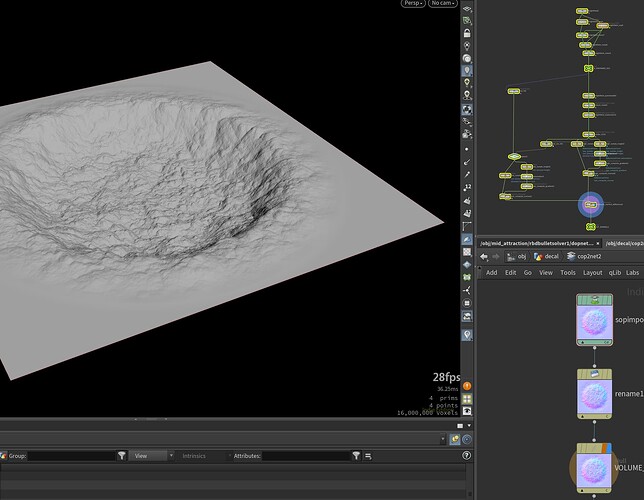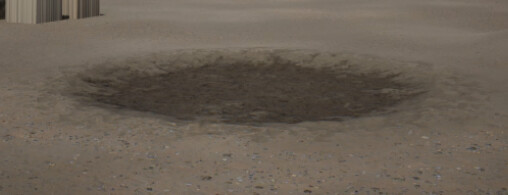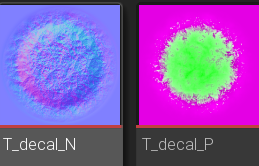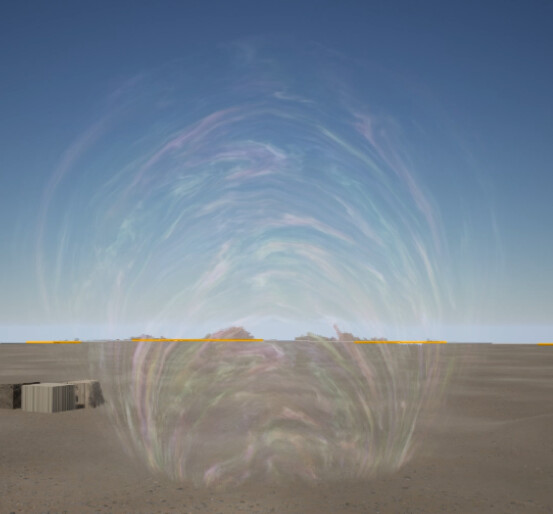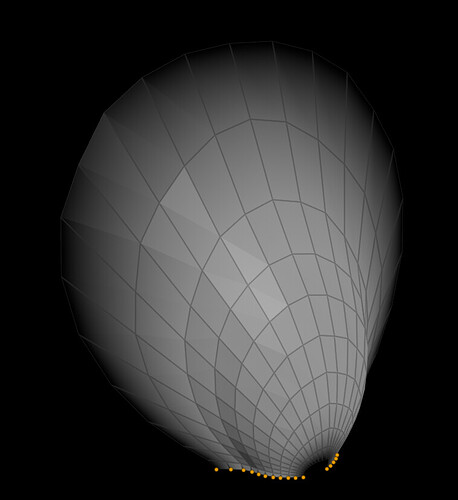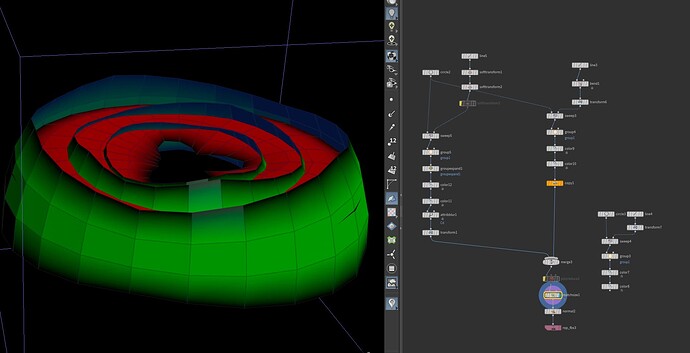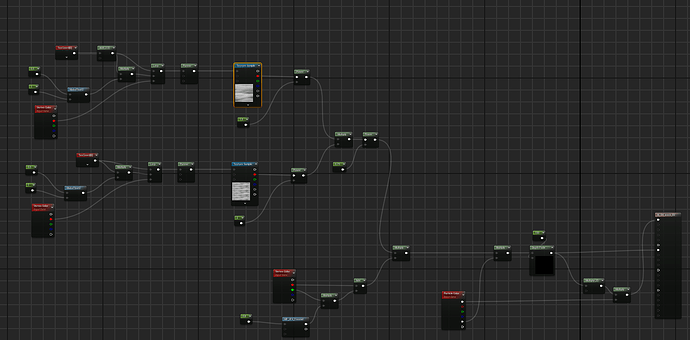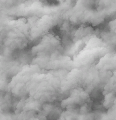This is my first time participating in the monthly skechas, I’ve been wanting to participate for a long time.
I’ve been thinking for a long time about what I can create, I’ve never dealt with earth magic and everything I’ve looked at from the effects looks beautiful, but standard. I spent a few days looking for references, I think I found some interesting options.
When I started thinking about the technical stuff, the houdini in this variant is very favorable because the vertex animation is cheap and easy to execute and Houdini is my main tool for work. I decided to try and build all the dynamics in niagara, this will be a bit of a challenge for me.
My idea is to create a kind of pulse grenade, which will consist of 3 stages.
The first stage is an impulse that creates a wave of earth shards that will slow down in time.
The second stage is a charge of energy that will charge the explosive wave, the earth fragments will be collected in separate elements and will be tipped.
The third is the explosion itself.
I’ve been using Lyra starter game for prototypes for some time now, so I filled the scene a bit with geometry from megascan that would be immediately oriented to the final version of the color and shapes. I duplicated the shotgun that I now use as a grenade launcher.
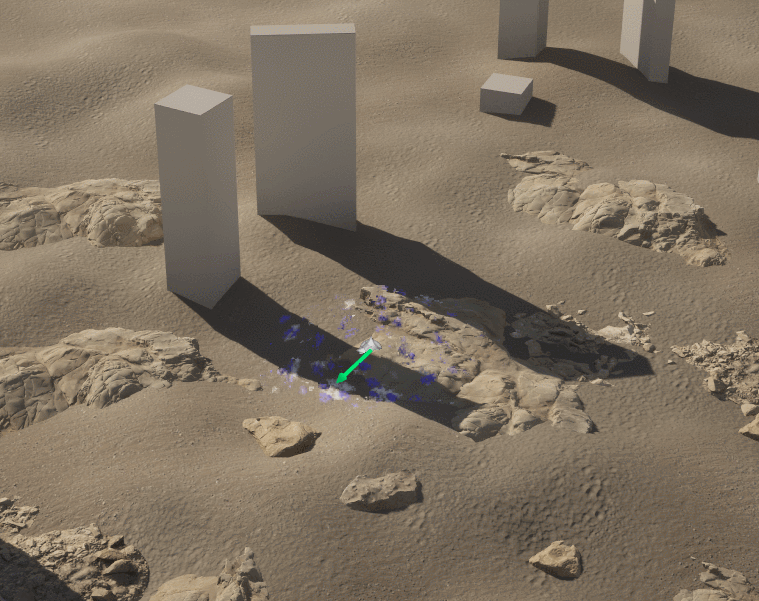

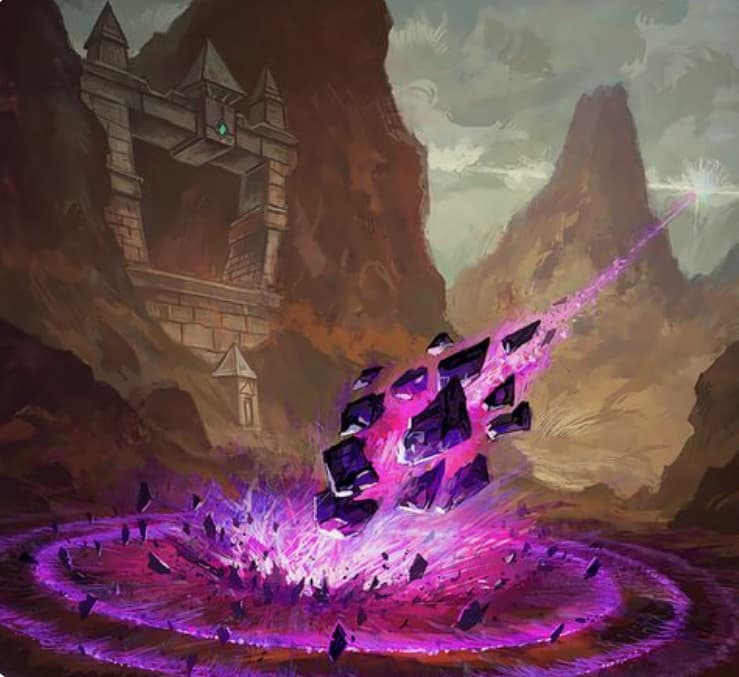
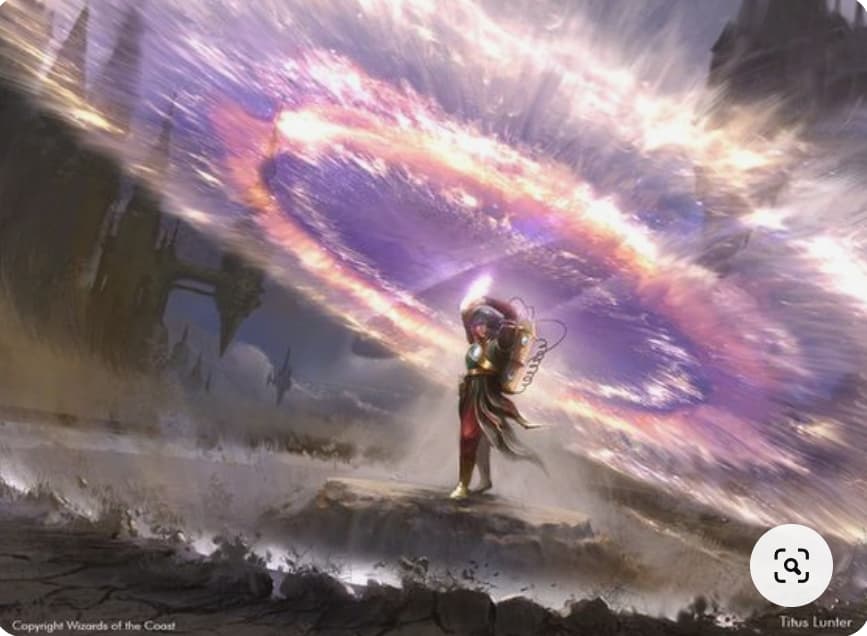
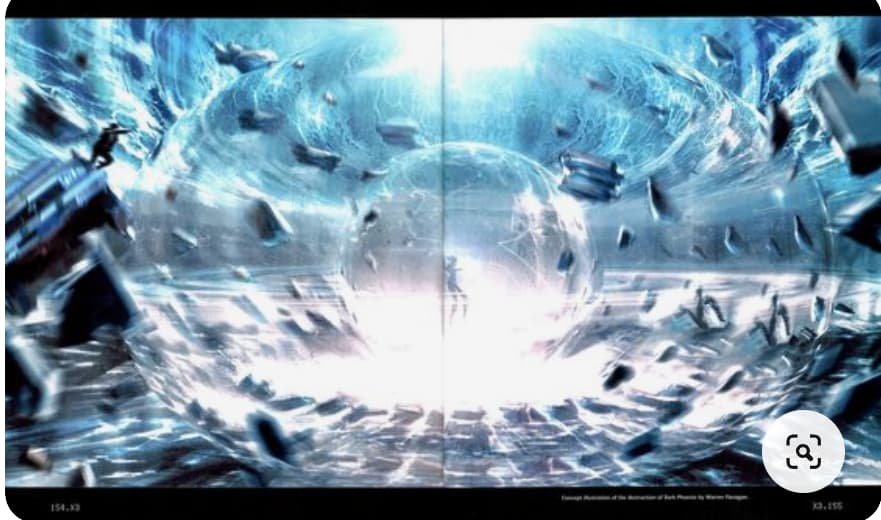
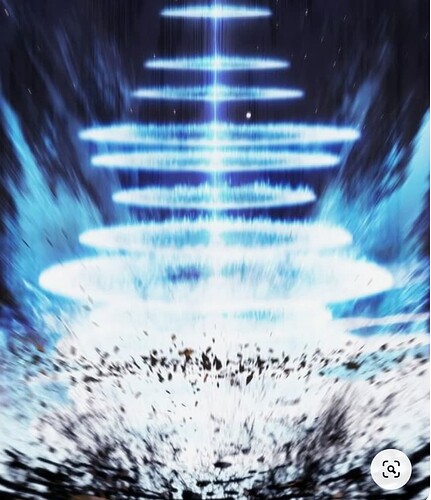

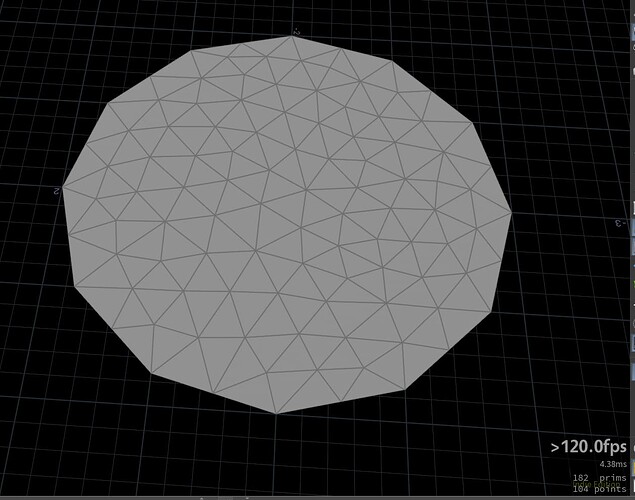
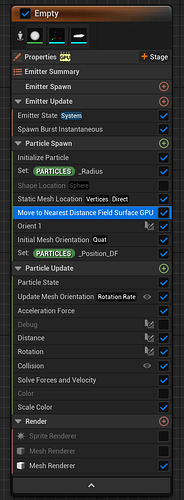
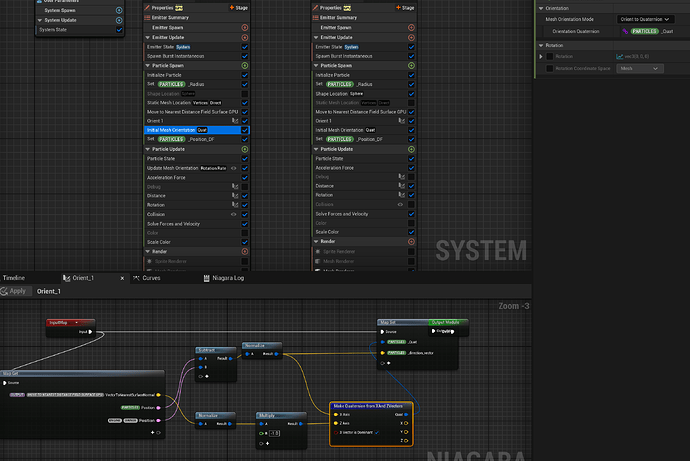
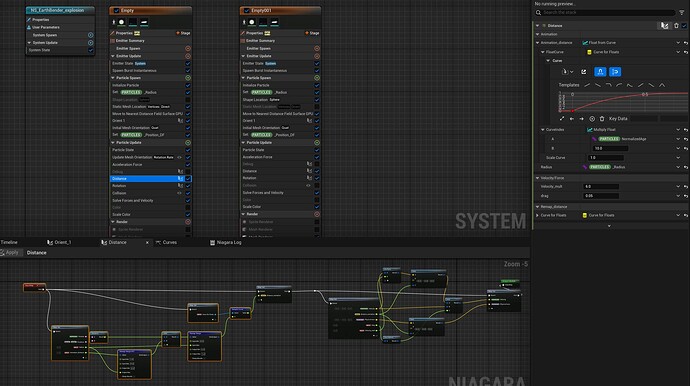
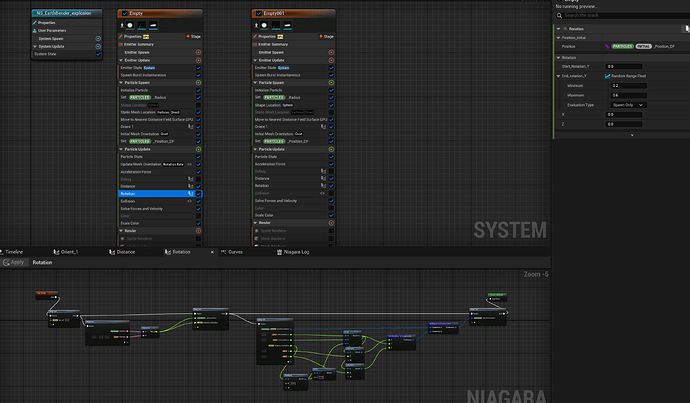



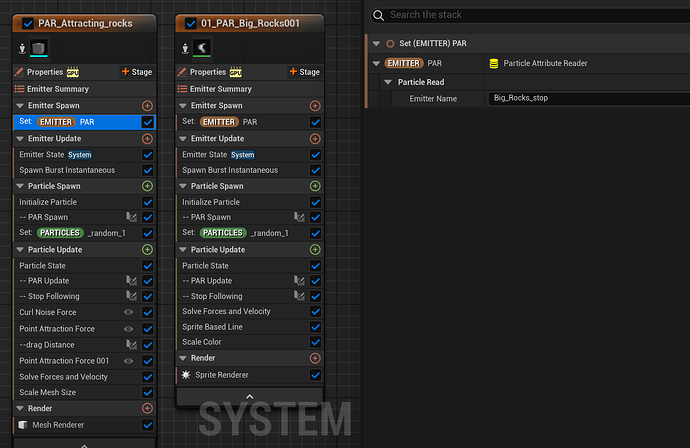
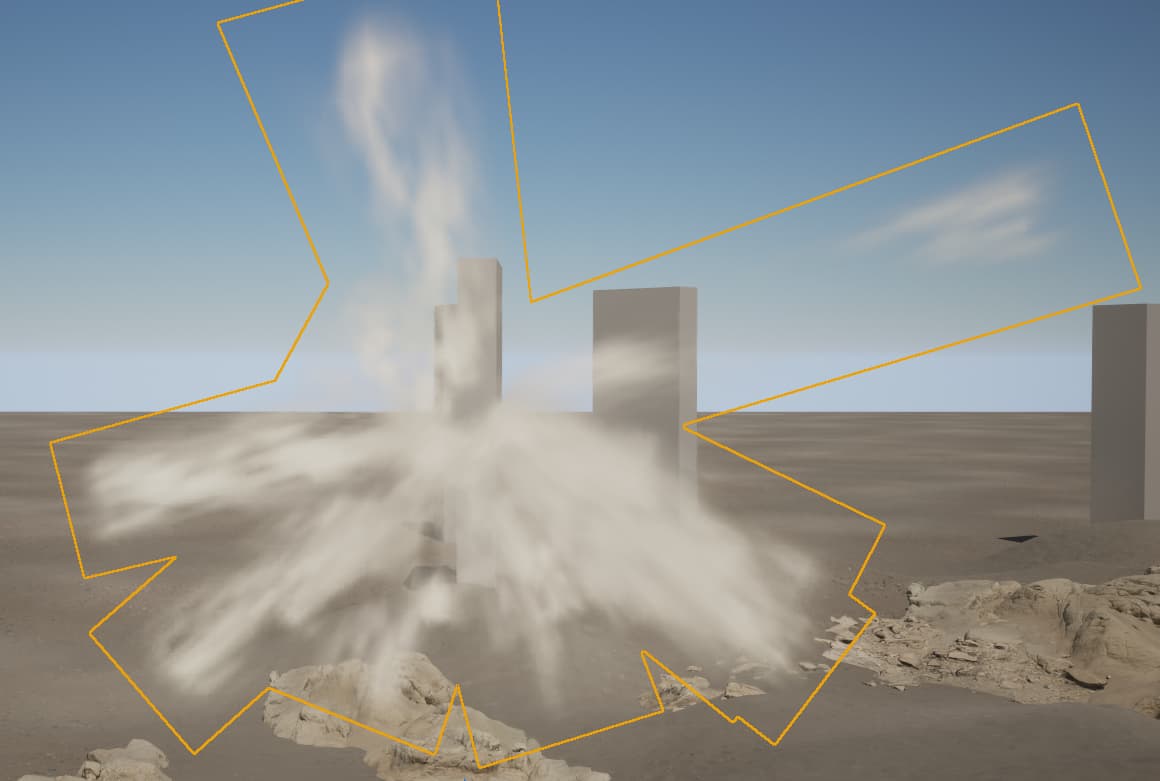
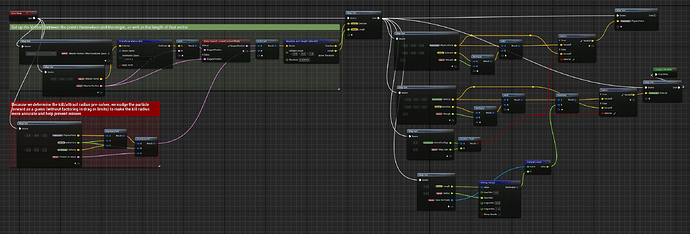

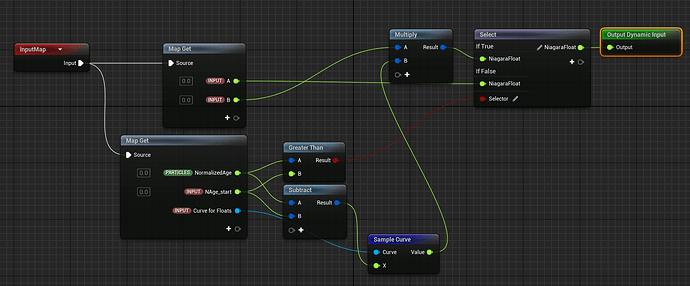
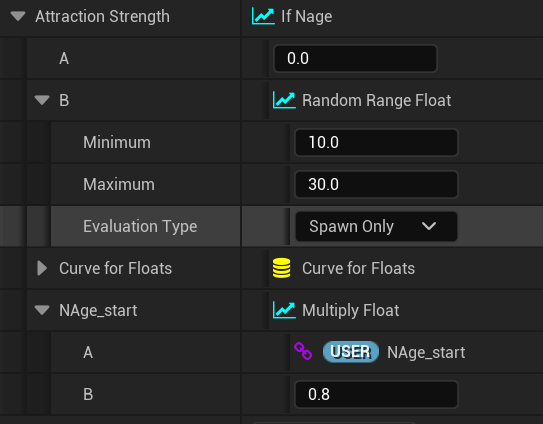




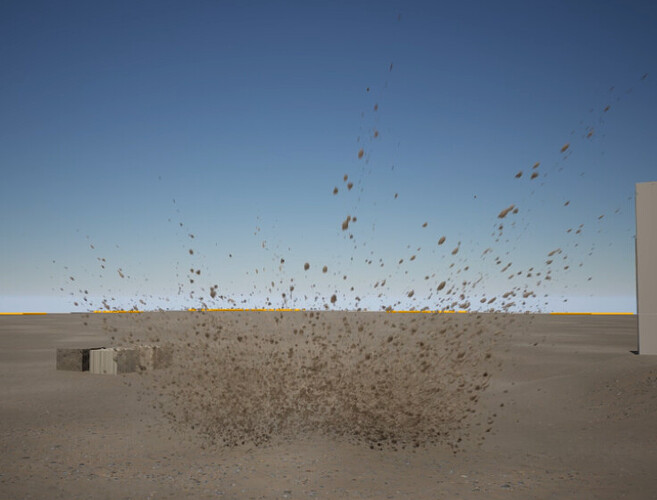
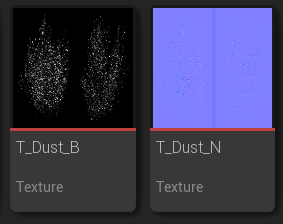
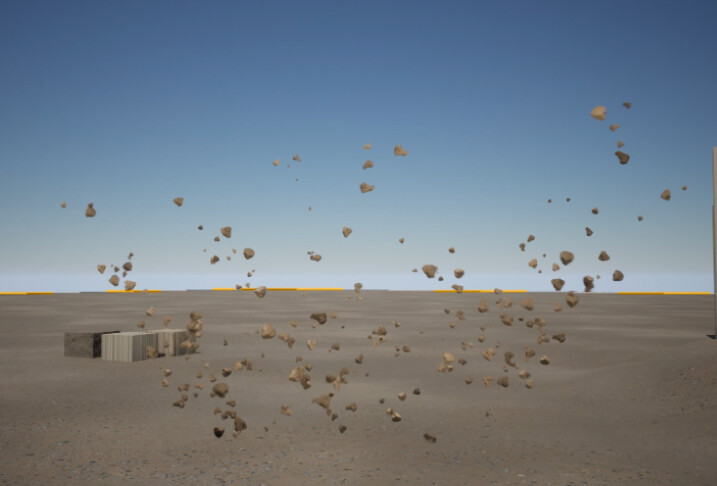
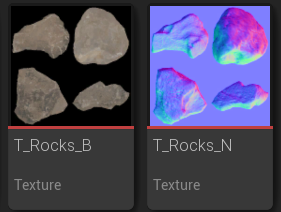
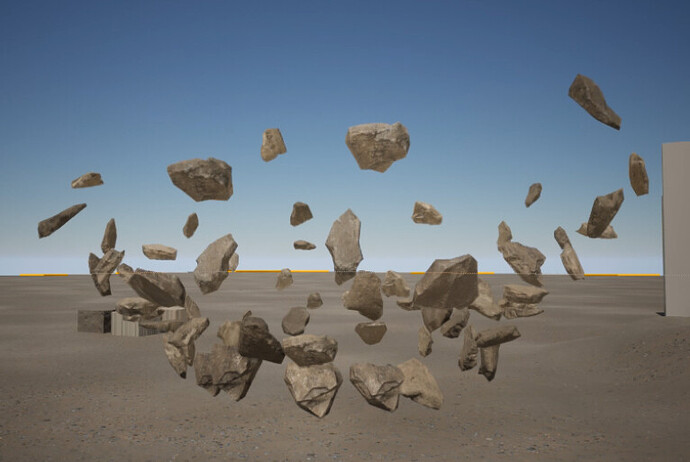
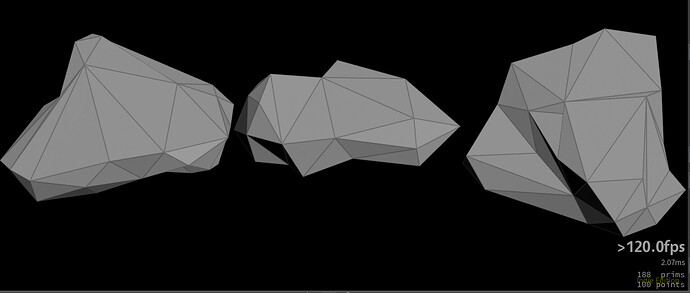
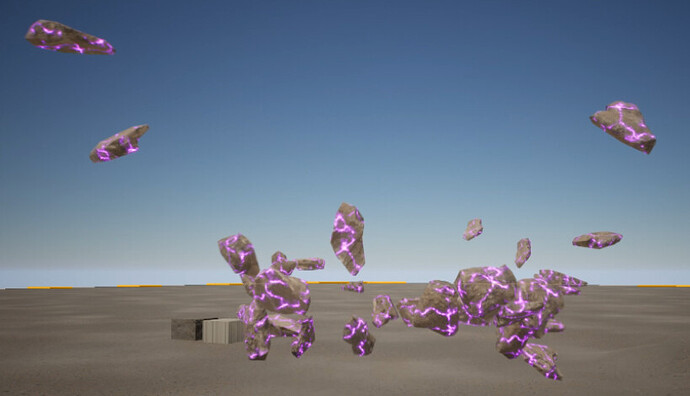
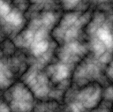
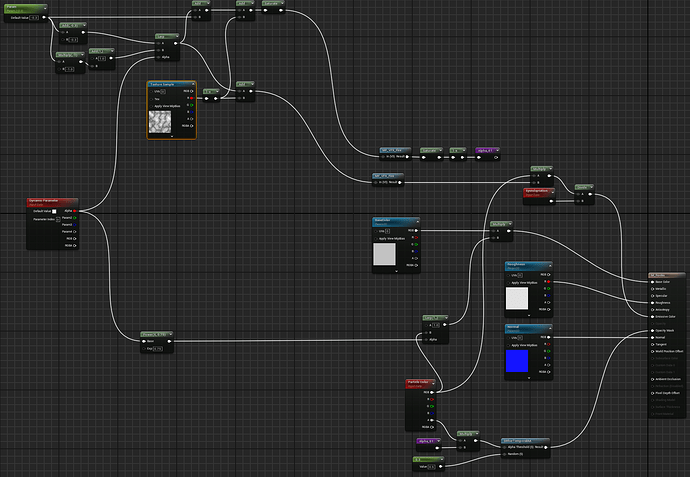
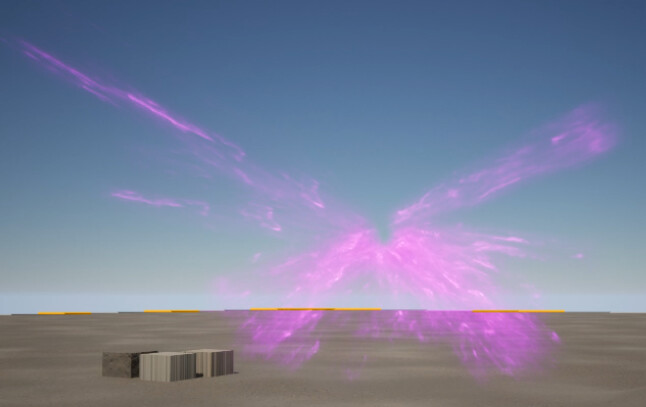
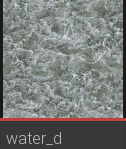
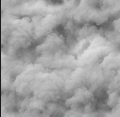
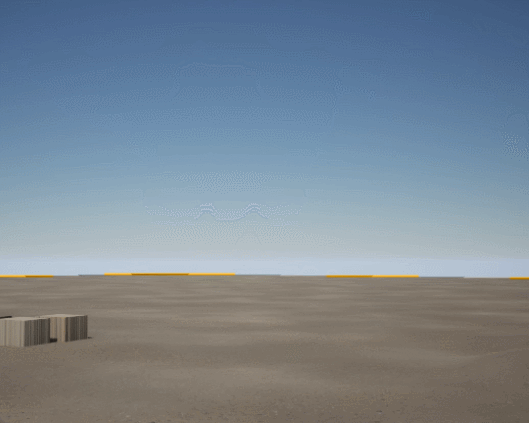
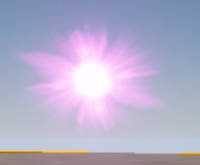

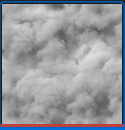
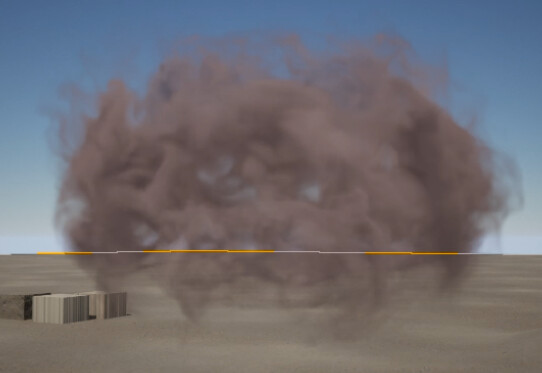

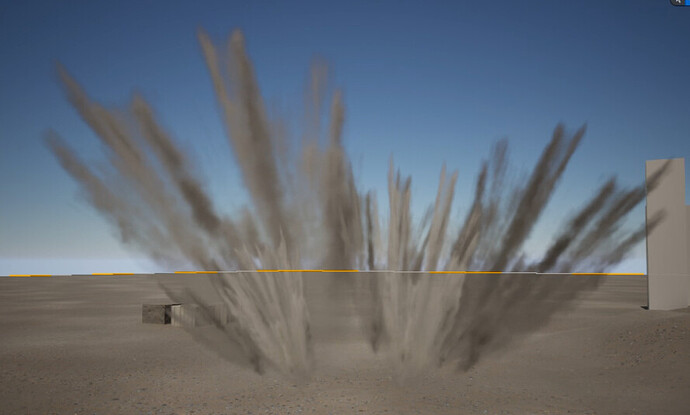
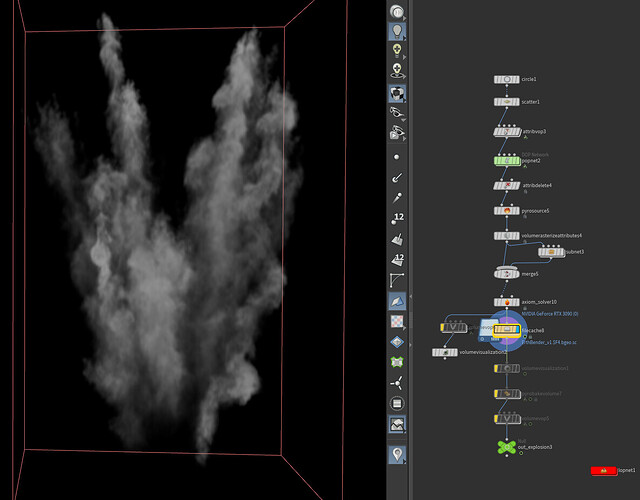
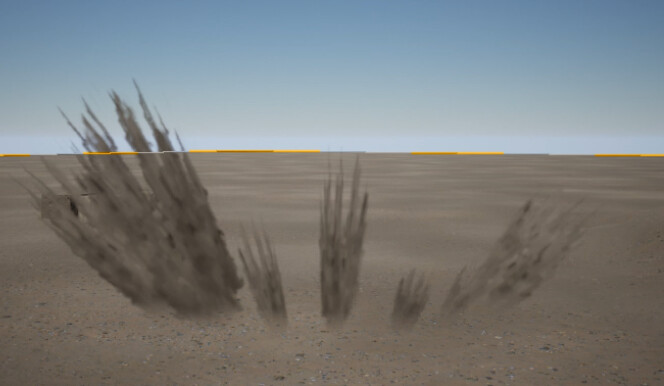
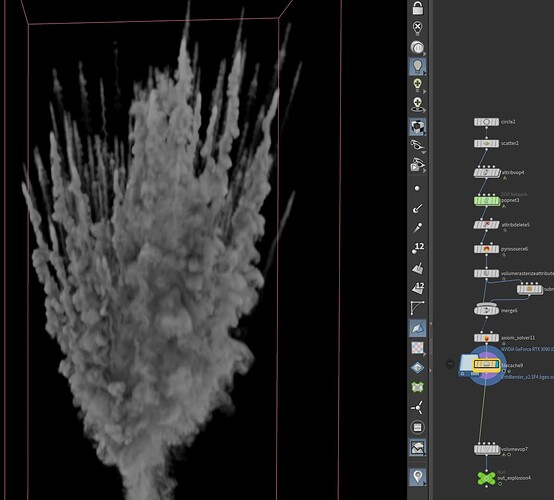
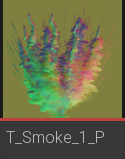
 erazadesap@HPaste
erazadesap@HPaste